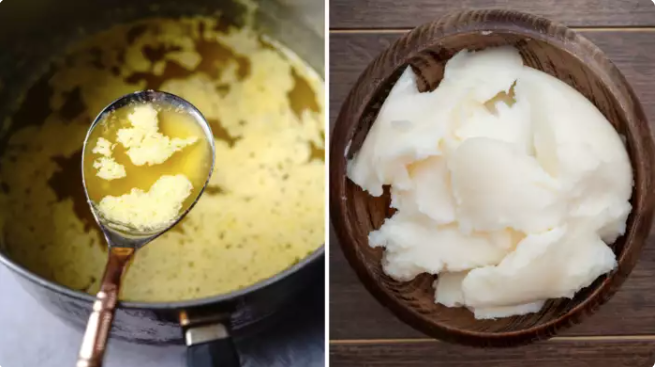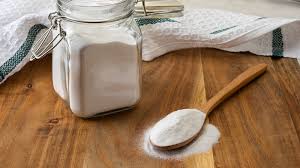Controversy Surrounds Tirupati Laddu: Allegations of Animal Fat Adulteration
Andhra Pradesh government alleges animal fat adulteration in Tirupati laddu during previous administration, sparking outrage and calls for stricter quality control.

Image Credit : Navbharat Times
Thousands of devotees visit the Tirupati Balaji Temple daily, and they receive the sacred laddu as prasadam. Considered a divine blessing, this laddu is consumed with reverence. However, a recent statement by the current Andhra Pradesh government has sparked controversy. On Thursday, the government claimed that during the previous administration’s tenure, animal fat was allegedly found in the Tirupati laddu. This claim is based on a report by the National Dairy Development Board (NDDB).
Lab report of samples sent from Tirumala Tirupati Devasthanam that were sent to National Dairy Development Board in Gujarat for testing.
— ANI (@ANI) September 19, 2024
TDP spokesperson Anam Venkata Ramana Reddy says, "…The lab reports of samples certify that beef tallow and animal fat – lard, and fish oil… https://t.co/jwHKaS3erw pic.twitter.com/9eZasbkewh
Animal Fat in Tirupati Laddu Recipe?
According to media reports, the ingredients used to make the prasadam laddu include 400-500 kg of pure ghee, 750 kg of cashews, 500 kg of raisins, 200 kg of cardamom, along with gram flour and sugar. The NDDB report alleges that the ghee used in this recipe was adulterated with the fat of three different animals.
The state government has shared a laboratory report indicating that the ghee used in the laddu contained various types of vegetable fats and animal fats. The adulterants reportedly include fats from soybean, sunflower, olive, rapeseed, linseed, wheat germ, maize germ, cottonseed, coconut, palm kernel, and palm oil, alongside animal fats such as beef tallow, lard, and fish oil.
Public Concern Over Adulteration
The revelation has raised concerns among devotees, who are eager to know what types of animal fat were allegedly mixed in the ghee. The report mentions beef tallow, lard, and fish oil, which are defined as follows:
- Beef Tallow: A white fat that remains solid at room temperature, extracted from the tissue surrounding the organs of ruminant animals like buffalo, sheep, goat, cow, and deer.
- Lard: A soft or semi-solid fat obtained from pig fat.
- Fish Oil: Oil extracted from fish, containing fats that are often used for medicinal purposes.
While animal fat is widely consumed in many countries, it is a rich source of unhealthy trans fats. Consuming such fats can lead to blocked arteries, heart attacks, strokes, obesity, and an increased risk of cancer.
Adulteration in Ghee
Desi ghee is expensive, and to maximize profits, various substances are often mixed with it. According to a study published on ResearchGate citing FSSAI, adulteration of ghee with animal fat is rare. However, it is more commonly adulterated with substances like potato starch, coal tar dye, vanaspati, and vegetable oil.
Identifying Adulterants in Ghee
- Starch Adulteration: Adding 2-3 drops of iodine tincture to 1 teaspoon of ghee will turn it blue if starch is present.
- Coal Tar Dye Adulteration: Adding 5 ml of dilute sulfuric acid to 1 teaspoon of ghee will turn it pink if coal tar dye is present.
- Vegetable Oil Adulteration: Mixing ghee with dilute sulfuric acid and stirring will turn the mixture deep red if vegetable oil is present.
- Vanaspati Adulteration: Melting a small amount of ghee and mixing it with sugar will turn it red if vanaspati is present.
The controversy has put the spotlight on the need for stricter quality checks and transparency in the preparation of such sacred offerings. Devotees and the general public await further clarification and investigation into these claims.
Andhra Pradesh government alleges animal fat adulteration in Tirupati laddu during previous administration, sparking outrage and calls for stricter quality control.
Disclaimer: This article is for general information only. It cannot in any way be a substitute for any medicine or treatment. Always consult your doctor for more information.





